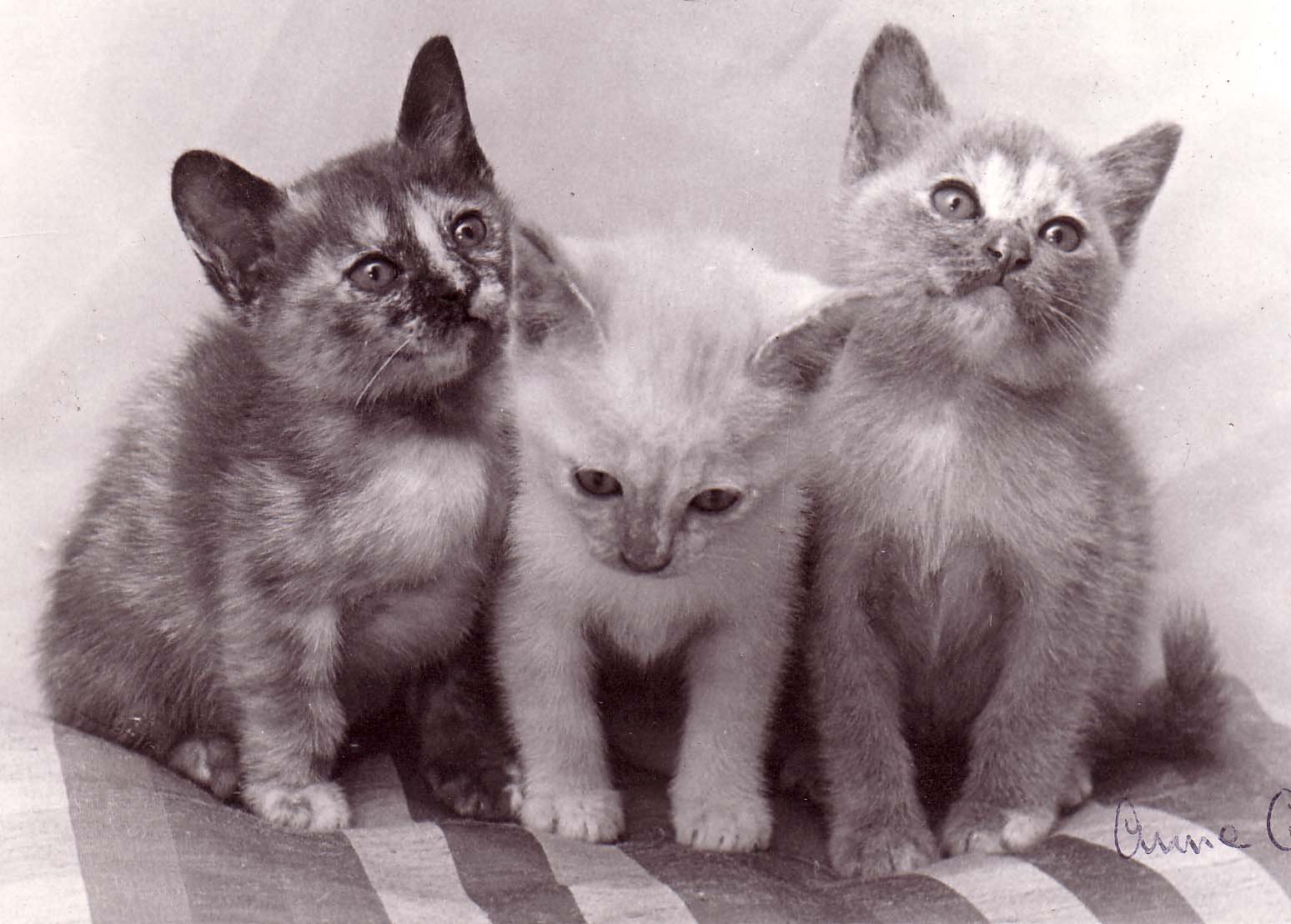By 1969 Chocolate (Champagne) Burmese were beginning to be more widely seen in America and two breeders in the UK decided to import this new colour. Moira Mack (Belcanto Burmese) and Iona Beckett of the Morningstar prefix, discovered that they were both trying to locate suitable cats. Eventually the managed to locate two unrelated kittens, a male, Jo-Dee’s Golden Morningstar, and a female, Jo-Dee’s Belcanto Norma. Unfortunately, the quarantine regulations had, at this time, been lengthened from 6 to 12 months, so the pair produced two litters of kittens whilst still in quarantine, the first chocolate kittens to be born in the UK.

Ramree Kepala SusuAbout the same time two other breeders had also made the decision to import chocolate kittens. Elizabeth Caldicott (Ramree) and Pam Evely (Kernow) imported four cats. Two were chocolate, a male, Aybo Budda, and a female, Kari Simone. The other two were brown cats carrying the chocolate gene, Suda Sirrocco Simon and Kimboh Kyeema. Aybo Budda and Kari Simone had four chocolate females in their first litter, one of whom was Ramree Judi, who, when mated back to her sire, produced the first lilac (platinum) Burmese, Sabra Honeymist Will. Judi’s litter sister, Ramree Mata Mas, was also mated back to Aybo Budda and she, too, produced a lilac kitten Sittang Sylvan Surprise.
By 1972 the chocolates and lilacs were well established and it was decided to embark on a breeding programme to introduce the chocolate gene into the Reds and Creams. Brown and blue torties were already recognised, and in 1973 the first lilac tortie, Ramree Kepala Susu, was born. But it was not until 1976 that the elusive chocolate tortie, Kaboobi Isabelle, made an appearance. The ten colours of Burmese as we know them today were now complete.
